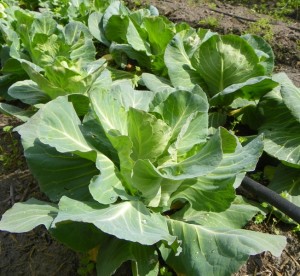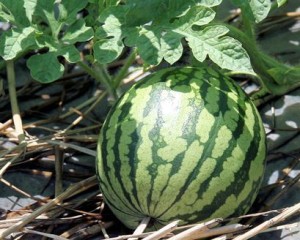Is It Time to Plant?
go.ncsu.edu/readext?207184
en Español / em Português
El inglés es el idioma de control de esta página. En la medida en que haya algún conflicto entre la traducción al inglés y la traducción, el inglés prevalece.
Al hacer clic en el enlace de traducción se activa un servicio de traducción gratuito para convertir la página al español. Al igual que con cualquier traducción por Internet, la conversión no es sensible al contexto y puede que no traduzca el texto en su significado original. NC State Extension no garantiza la exactitud del texto traducido. Por favor, tenga en cuenta que algunas aplicaciones y/o servicios pueden no funcionar como se espera cuando se traducen.
Português
Inglês é o idioma de controle desta página. Na medida que haja algum conflito entre o texto original em Inglês e a tradução, o Inglês prevalece.
Ao clicar no link de tradução, um serviço gratuito de tradução será ativado para converter a página para o Português. Como em qualquer tradução pela internet, a conversão não é sensivel ao contexto e pode não ocorrer a tradução para o significado orginal. O serviço de Extensão da Carolina do Norte (NC State Extension) não garante a exatidão do texto traduzido. Por favor, observe que algumas funções ou serviços podem não funcionar como esperado após a tradução.
English
English is the controlling language of this page. To the extent there is any conflict between the English text and the translation, English controls.
Clicking on the translation link activates a free translation service to convert the page to Spanish. As with any Internet translation, the conversion is not context-sensitive and may not translate the text to its original meaning. NC State Extension does not guarantee the accuracy of the translated text. Please note that some applications and/or services may not function as expected when translated.
Collapse ▲It only takes one warm weekend for gardening fever to become an epidemic, making everyone anxious to plant. But is it too early? The answer to this question depends on what you are planting, where you are located, and how much risk you are willing to take.
WHAT ARE YOU PLANTING?
Vegetable crops and annual flowers are divided into two groups – those that tolerate frost and like cool weather, known as cool season plants, and those that are frost sensitive, known as warm season plants. In our area, cool season plants like pansies, parsley, cilantro, lettuce, and cabbage are planted in the fall (September and October) or early spring (February and March). It is fine to plant most of these outside now, though for some vegetables it is actually too late. Crops like potatoes, broccoli, onions, and garden peas should have been planted before mid March to allow them enough time to mature before hot weather sets in.
Frost sensitive warm season plants include coleus, marigolds, impatiens, corn, tomatoes, squash, cucumbers, and beans. Wait until after the average last frost date to set these plants outside. Some crops are sensitive to cool soil temperatures that can persist even when air temperatures are no longer cold enough for frost. These crops should not be planted until a few weeks after the average last frost date. This group includes peppers, eggplant, basil, melons, okra, peanuts, and sweet potatoes. Perennial herbs like rosemary, sage, thyme, and oregano can be planted outside now in the ground or in pots.
Container grown trees, shrubs and perennials can be planted outside any time of the year in our area. This is true for both fruiting and ornamental plants. Fall and winter are actually the best time to set out these types of plants because they are able to establish roots before the heat of summer sets in. Spring is also a good time to plant; you will just need to monitor watering carefully through the summer to make sure newly established plants do not become too dry. The best time to establish lawn grasses from seed or sod in our region is April through July.
WHERE ARE YOU?
Just when is the average last frost date? This depends on how far away from the ocean you are. In our region the average last spring frost date ranges from late March for coastal communities like Wilmington, Hampstead, and Southport, to mid April for inland areas like Burgaw, Currie, Wallace, and Shallotte. Keep in mind these are average dates and it is not impossible to experience frost in our region as late as April 20 – 25.
ARE YOU A RISK TAKER?
Some years the last frost occurs a week or more before the average date. If you are willing to take a risk, you could set out warm season plants before the frost free date for your area. If light frost is expected you can protect these plants with row cover, old blankets, or by covering them completely with dry leaves. If temperatures dip below twenty eight you are likely to lose these plants but that is part of the gamble of planting early.
Beds next to south or southwest facing structures usually warm up quicker. You can try to get a one to two week jump on the season by planting in these areas early. Or you can plant inside cold frames, which are low profile unheated greenhouses that can provide several degrees of frost protection for tender crops.
LEARN MORE
Visit your local Cooperative Extension office to learn more about gardening and landscape care. Go to https://www.ces.ncsu.edu/local-county-center/ to find your county Extension center.
- If you live in Pender County, call 910-259-1235
- In New Hanover County, call 910-798-7660
- In Brunswick County, call 910-253-2610
- In Onslow County, call 910-455-5873
- In Duplin County, call 910-296-2143





